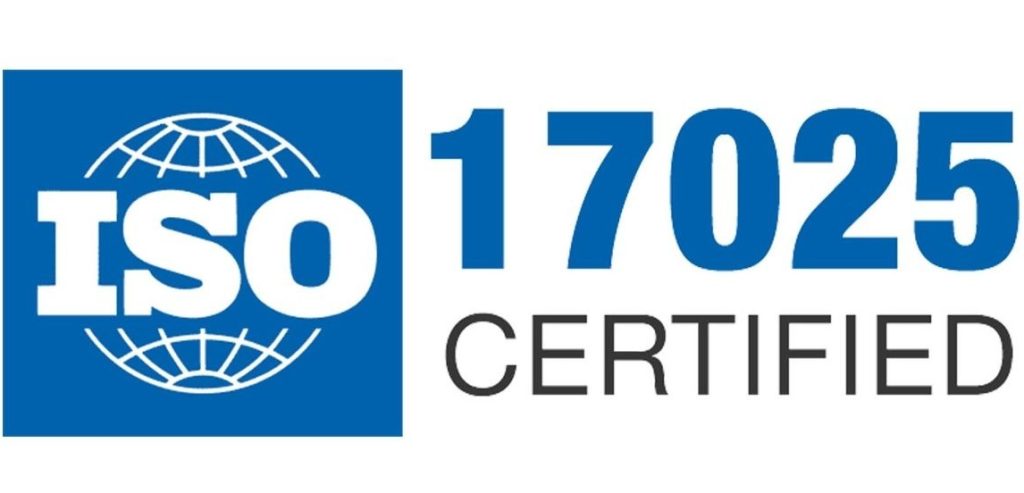The Biomedical device sector is undergoing rapid expansion and its qualitative and quantitative analytical needs are expanding in unison with this growth. The causes behind this increase are many. One major factor is the availability of venture capital for biomedical devices which has been driven by the “rapid development” timeline of devices which deliver both novel and generic active pharmaceutical ingredients (APIs) using innovative and targeted technological platforms.
Biomedical devices and pharmaceutical drug delivery devices encompass a broad range of products. As examples, intraocular lenses (IOLs), insulin pumps, orthopedic implants, coated stents, blood oxygenators and pacemakers are all biomedical devices. Production of such a diverse range of devices involves a multitude of different materials, procured from an army of different suppliers, constructed using a long sequence of assembly steps, utilizing processes which more often than not require a long list of processing aids, e.g., surfactants, stabilizers, mold release agents, and plasticizers and exposure to extreme process conditions such as temperature, UV exposure (in photo curing) and laser exposure.
The extreme challenges inherent in ISO 10993 extractables and leachables testing of biomedical devices are clearly evident. E&L is a regulatory driven activity and difficulties encountered in biomedical device E&L can pose real hurdles in the regulatory approval process and ultimately to commercialization of the therapeutic product. A universe of analytes is out there and E&L testing regulatory expectations are that the chemical analyst will detect, structurally identify and quantify analytes present even down to the ppm level. In contrast, the analytes of a conventional small molecule drug product are far more well-defined. Lower cost triple quad mass spectrometers with low resolution (unit mass resolution) and high sensitivity have been the workhorses of the traditional (small molecule) pharmaceutical industry because this tool has met the need for sensitive quantification of “known” analytes in targeted analyses such as DMPK studies. Non-targeted analysis is the norm and the first level of attack in the biomedical device world. Once identified and characterized, targeted quantification becomes pivotal.
High resolution mass spectrometry is the only developed, readily available instrumentation capable of meeting the analytical challenges (qualitative and quantitative) presented by E&L testing of biomedical devices. Q-Tof MS and the Orbitrap are currently the two most popular HRMS platforms on the market. The mass resolution and sensitivity of the Orbitrap in the “low mass” (i.e. 0-200 amu) range is excellent for specialty impurity ID testing, while the affordability, mass range, sufficient sensitivity, and mass resolution of the Q-Tof platform, makes it the most versatile instrument for comprehensive, nontargeted screens of device leachates and extracts and thus influenced our choice of HRMS platform. InVision selected the Q-Tof mass spectrometer because of the inherent flexibility to do qualitative and quantitative (i.e. non-targeted and targeted) analysis on a single platform.
Selection of the “front end” or LC of the platform was equally critical. Our system includes a UPLC system which has operated trouble free and with impressive separation capability because of its low dispersion properties. We have found that we can often accomplish the separations we need with 5- minute screening runs which rapidly span the reverse phase polarity range (95% aqueous to 100% acetonitrile), while collecting the non-targeted and, when necessary, targeted information that the assay might require. The Tof-HRMS platform allows us to take full advantage of this speed and efficiency in separation with no drop in qualitative or quantitative performance including chromatographic resolution, sensitivity, linearity, mass spectral resolution and other analytical merits.


